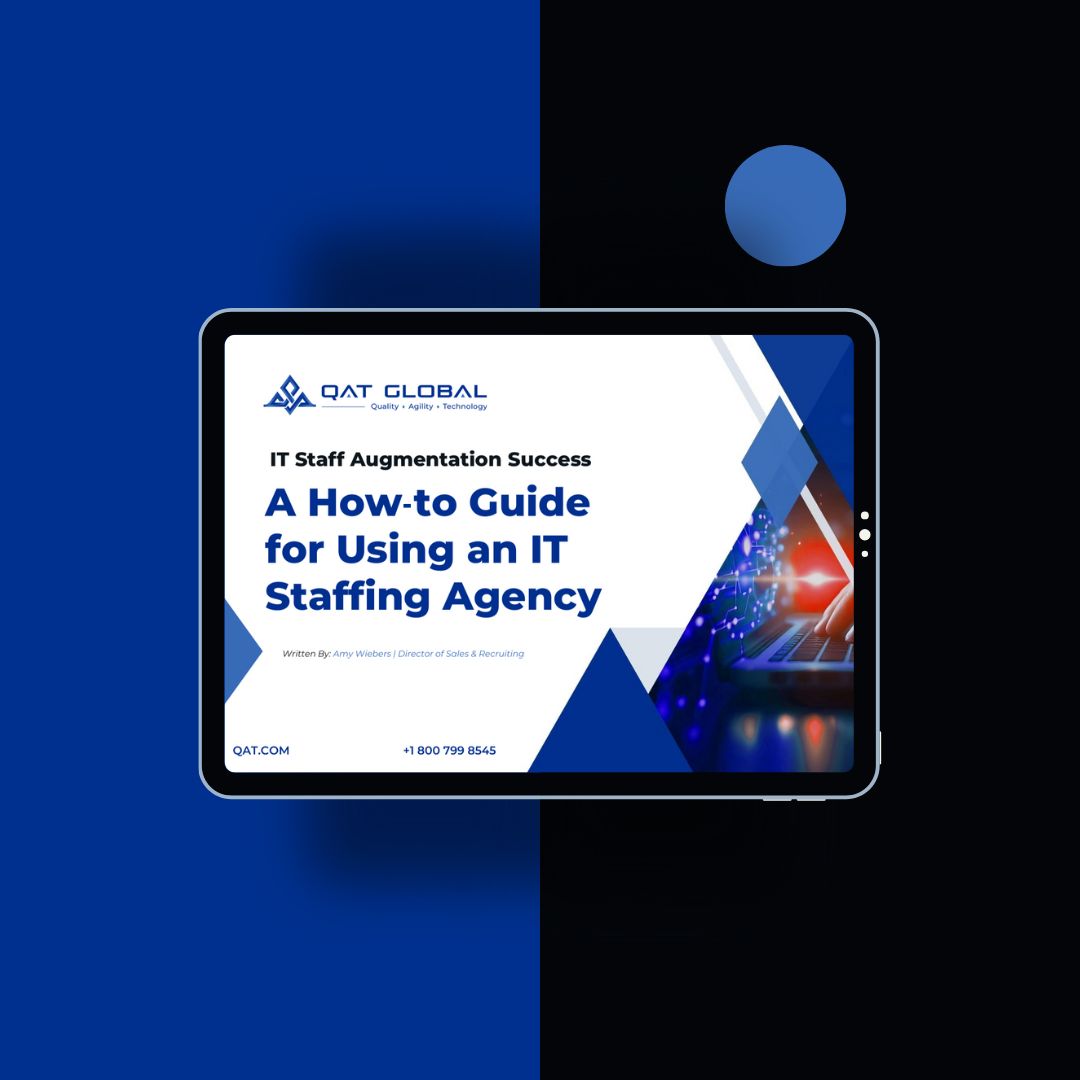Navigating the IoT Revolution: Transforming Your Enterprise Software Solutions
In an era where digital transformation dictates the pace of business, the Internet of Things (IoT) emerges as a pivotal force, reshaping the landscape of enterprise software solutions. As a leader, you stand at the forefront of this revolution, steering your organization through the complexities of IoT integration. This briefing delves into the strategic impact of IoT on enterprise software, offering tactical advice to harness its potential effectively.
Understanding the IoT Influence
IoT technology is not just an innovation; it’s a fundamental shift. By 2025, with over 75 billion IoT devices expected to be in use, the way your enterprise interacts with software solutions will undergo a profound transformation. IoT’s impact is multifaceted, influencing data management, customer interactions, and operational efficiency.
Enhanced Data Insights:
IoT devices generate vast amounts of data. Your enterprise software must evolve to handle, analyze, and leverage this data. Consider implementing advanced analytics and AI algorithms to glean actionable insights. This data-driven approach can lead to more informed decision-making, predicting market trends, and personalizing customer experiences.
Streamlining Operations:
IoT can revolutionize your operational processes. For instance, integrating IoT with your supply chain management software can lead to real-time tracking, predictive maintenance, and automated inventory management. This integration not only enhances efficiency but also reduces operational costs significantly.
Reinventing Customer Interactions:
IoT enables a new level of customer engagement. By integrating IoT data into your CRM systems, you can offer personalized services, anticipate customer needs, and enhance customer satisfaction. This proactive approach in customer service can be a significant differentiator in today’s competitive market.
Tactical Steps for IoT Integration
Assess and Plan:
Begin with a comprehensive assessment of your current software infrastructure. Identify areas where IoT integration can bring the most value. Develop a strategic plan that aligns with your business objectives, keeping scalability and security at the forefront.
Invest in the Right Technology:
Select IoT platforms and devices that are compatible with your existing systems. Prioritize solutions that offer flexibility, scalability, and robust security features. Partnering with reputable IoT solution providers can be a strategic move.
Focus on Security and Compliance:
With the influx of data from IoT devices, security becomes paramount. Ensure your enterprise software is equipped with advanced security protocols. Compliance with data protection regulations is also crucial to maintain your company’s integrity and customer trust.
Foster a Culture of Innovation:
Encourage a culture that embraces change and innovation. Training your team to adapt to new technologies and processes is vital for a smooth transition. Remember, the human element in technology adoption is as crucial as the technology itself.
Measure and Iterate:
Continuously monitor the performance of IoT-integrated systems. Use metrics to measure success and areas for improvement. Be prepared to iterate and evolve your strategies in response to technological advancements and market demands.
Conclusion
As a leader in your organization, your vision in navigating the IoT landscape will set the course for future success. The integration of IoT into enterprise software is not just an upgrade; it’s a strategic transformation that requires thoughtful planning and execution. By embracing IoT, you are not only enhancing operational efficiency but also creating new opportunities for growth and innovation.
Your role in this journey is critical. With the right approach, you can turn the challenges of the IoT revolution into significant advantages for your enterprise. Let’s lead this change together, shaping a future where technology and strategy converge for unparalleled success.
















